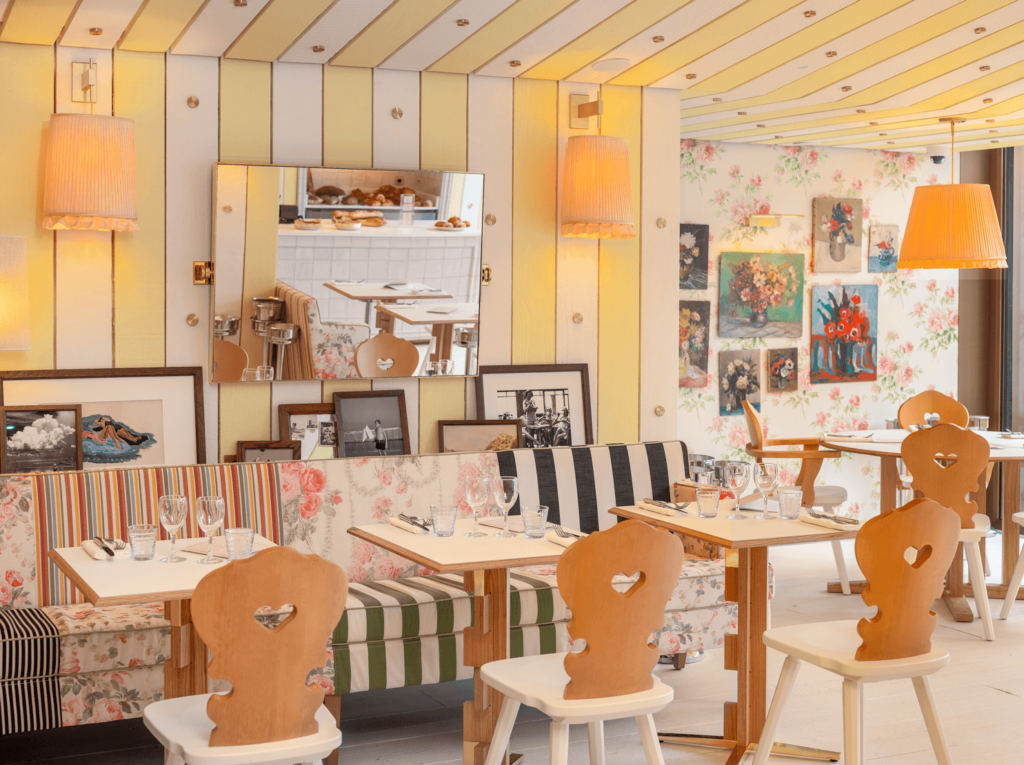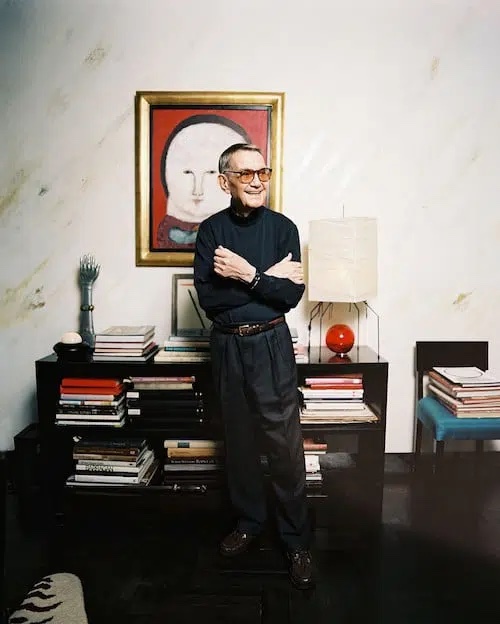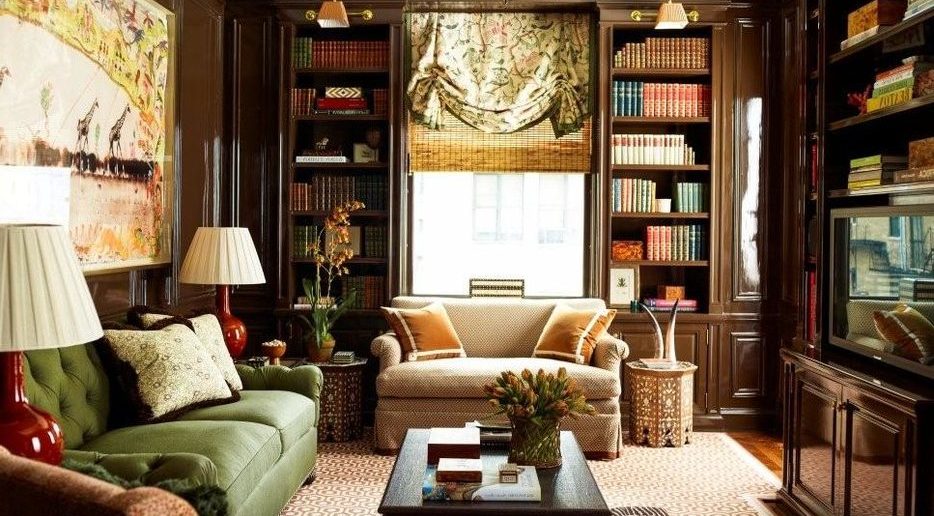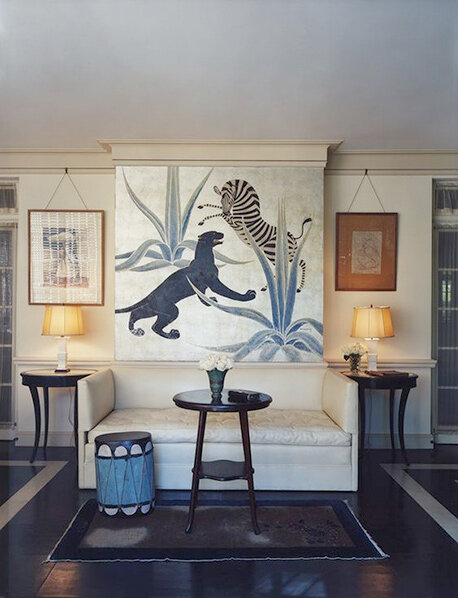Here is a look at a few of the most influential interiors designers from around that world that we absolutely adore. Looking back on how design has changed over the years, there is still something to be said about their vision and creativity.


Philippe Starck
Philippe Starck is a renowned French designer celebrated for his innovative and eclectic designs for furniture, interiors, and consumer products. With a career spanning several decades, is work is characterized by its whimsical yet functional aesthetic, often blending sleek modernism with playful elements. He is famous for creating iconic pieces such as the Louis Ghost Chair and the Juicy Salif citrus juicer. Starck’s designs are not only visually striking but also reflect his commitment to sustainability and environmental consciousness.

Albert Hadley
Albert Hadley was an influential American interior designer known for his timeless and sophisticated style, which blended traditional elegance with contemporary flair. He co-founded the legendary design firm Parish-Hadley Associates, where he worked with esteemed clients such as the Astors, Rockefellers, and Gettys. Hadley’s approach to design emphasized comfort, functionality, and understated luxury, earning him a reputation as a master of classic American interiors.

David Hicks
David Hicks was a British interior designer of the mid-20th century recognized for his bold and innovative approach to design. He was renowned for creating eclectic interiors using geometric patterns, vibrant colors, and a juxtaposition of styles. Hicks worked with high-profile clients worldwide, including the British Royal Family and international celebrities.

Billy Baldwin
Billy Baldwin was an iconic American interior decorator who skilly blended traditional elegance with modern simplicity. One of Billy Baldwin’s most famous interiors was the private residence he decorated for socialite and fashion icon Diana Vreeland in New York City. This interior, often called the “Garden in Hell,” was a striking and eclectic mix of bold colors, patterns, and textures, creating a vibrant and theatrical ambiance reflective of Vreeland’s personality. The space featured dramatic touches such as zebra-print upholstery, lacquered walls, and exotic accents, showcasing Baldwin’s fearless approach to design and his ability to capture the essence of his clients’ individuality.

Elsie de Wolfe
Elsie de Wolfe was born in 1865 in New York City. Raised in a privileged environment, she enjoyed a comfortable upbringing within New York’s affluent society. Despite the constraints of her conservative upbringing, Elsie showed early signs of creativity and independence, though her formal education was limited. She attended private schools in New York City during her childhood, but her education was primarily focused on social graces and etiquette, typical of young women of her social class at the time. However, her exposure to European culture during travels with her family likely influenced her appreciation for art, design, and aesthetics. De Wolfe’s education in interior decorating and design was largely self-taught, drawing inspiration from her experiences, travels, and interactions with influential figures in the arts and design world. She cultivated her skills through hands-on experience and a keen eye.
Elsie de Wolfe is often referred to as America’s first interior decorator because of her groundbreaking contributions to the profession during the early 20th century. She was instrumental in popularizing the concept of interior design as a distinct profession, separate from architecture and decoration. De Wolfe’s innovative approach emphasized the importance of creating harmonious and livable spaces, marking a departure from the heavy Victorian style prevalent at the time. Her influential work and advocacy for design as a profession laid the foundation for the modern interior design industry in America.

